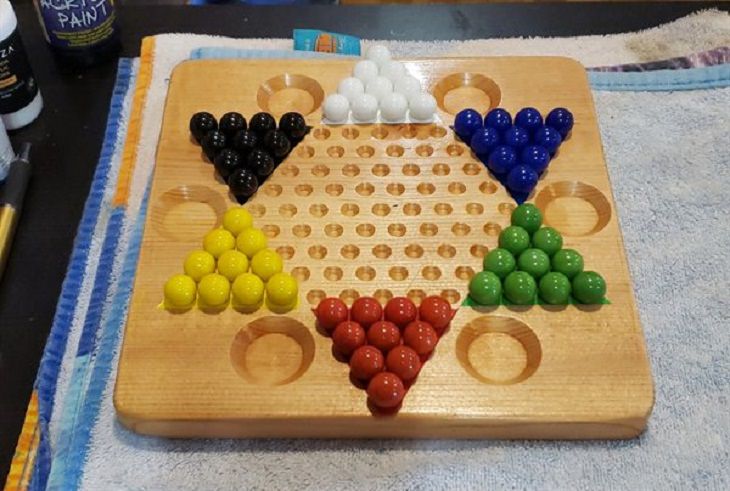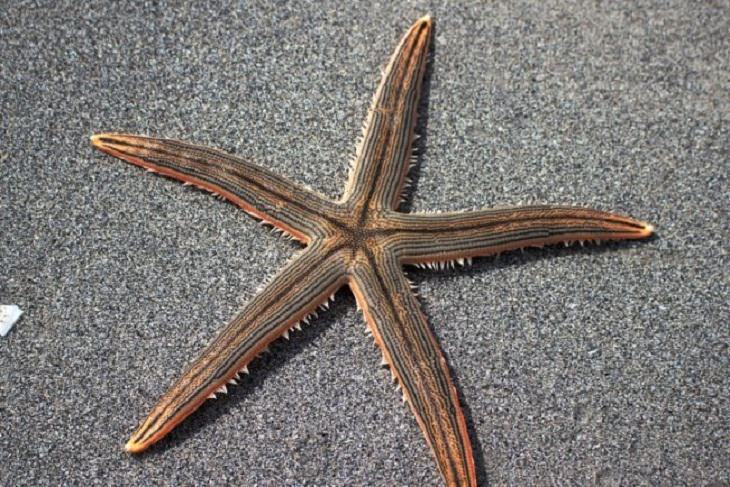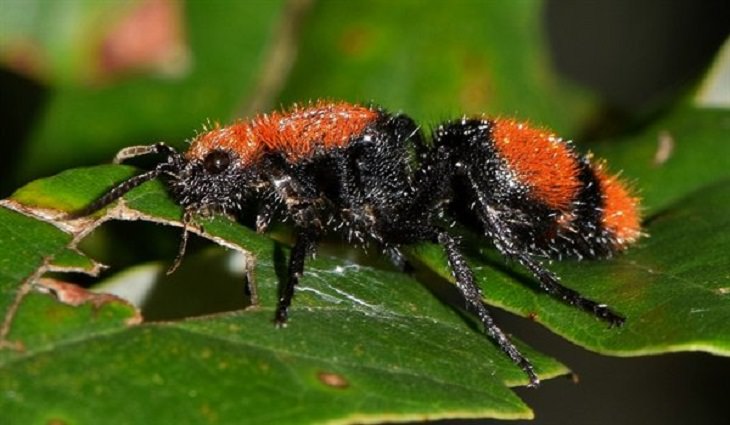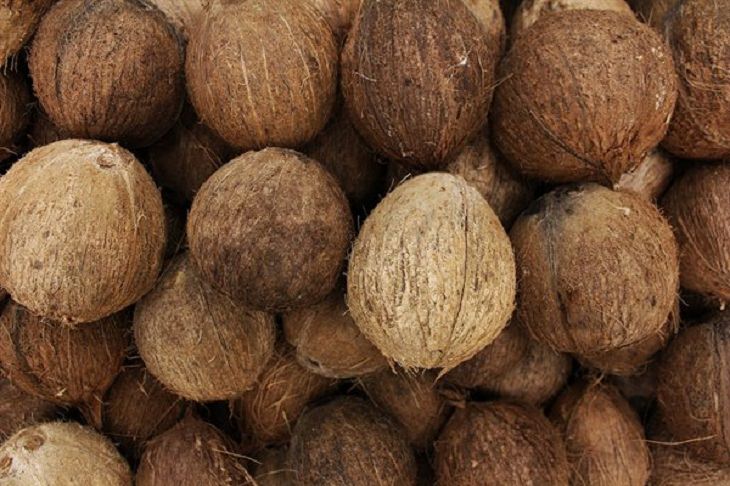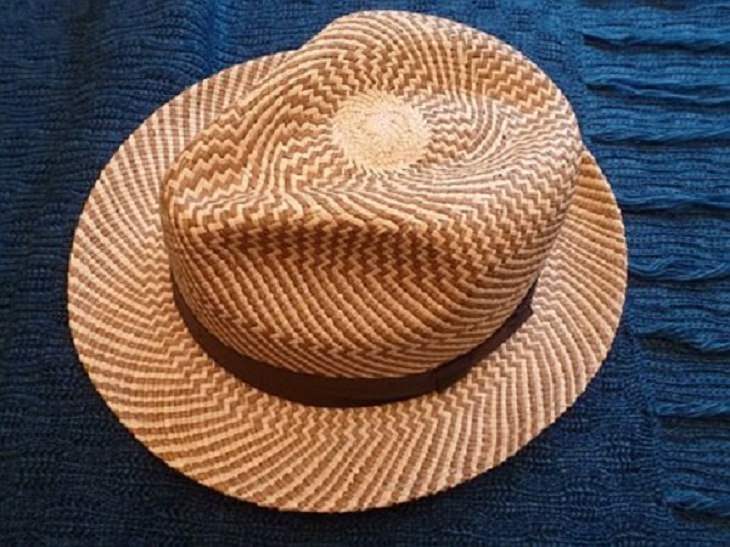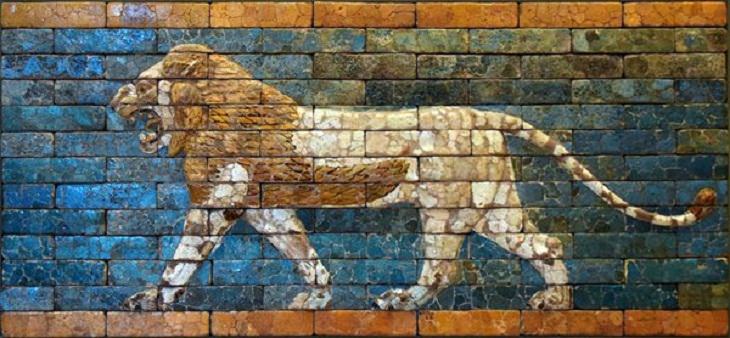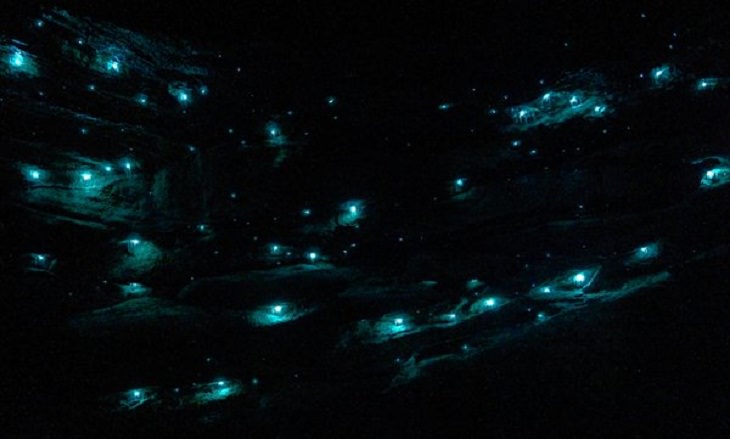Despite how they may sound or read, many words and phrases don’t actually mean what you think. A misnomer is defined as “a wrong or inaccurate use of a name or term”. So, basically, it’s a name that is incorrectly applied. You would be actually surprised to know just how many popular names are misleading and we’ve all been fooled by them for ages.
Here, we have listed a few misnamed words that we generally use for many animals, objects, foods, and other things. Prepare to be amazed as you explore the truth behind some misleading misnomers.
Related Article: We're Speechless: 20 Untranslatable Words
1. Chinese Checkers
Chinese checkers isn’t a form of checkers, nor is it from China. The game was invented in Germany in 1892. Its name was changed in 1928 to make it more marketable.
2. Koala Bears
Koala bears are actually marsupials, not bears. They usually get all the water they need from eucalyptus leaves.
3. Starfish
Starfish aren't even fish. They are echinoderms (scientific name Echinodermata) - a major group of marine animals.
4. Velvet Ants
Though they look like large hairy ants, Velvet Ants are actually wasps. They have a slight constriction between the thorax and abdomen along with straight rather than elbowed antennae, which makes them just a little different from ants.
5. Nuts
Coconuts, walnuts, and pistachios aren’t nuts. They are, in fact, "drupes" (from the Greek dryppa, meaning “tree-ripened”). A drupe is a fleshy fruit with a hard inner layer (endocarp or stone) surrounding the seed. To be more specific, drupes are a classification of fruits having an “exocarp” (skin) surrounding a fleshy “mesocarp” (fruit) that covers the “endocarp” (the inner part of the fruit) containing a hard-shelled seed or kernel. For that matter, even peanuts aren't nuts. They are actually related to peas.
6. Panama Hats
Panama hats aren't from Panama. They are hand-woven in Ecuador by craftsmen from the cities of Cuenca and Montecristi. They were named Panama hats because of their massive export from Ecuador to Panama during the 19th century.
7. English Horn
English horns come from Poland. Also, they aren't horns, but woodwind instruments that are related to the oboe. Historians believe that their name was derived from the horn-like shape of early tenor oboes. These oboes seem to have resembled the horns with which angels were portrayed in religious illustrations from the Middle Ages and later.
8. French Fries
Despite their name, the French fry is not French. The origins of this tasty fried sticks of potato are claimed by Belgium. Historians claim that in the late-1600s, potatoes were being fried in Belgium by local villagers living in Meuse Valley. And that is how the earliest French fries were born.
9. Two-Toed Sloth
While they are named two-toed sloths, they should ideally be referred to as two-fingered sloths. Their front "hands" have two fingers on each. All sloths, however, have three toes on the hind limbs.
10. Arabic Numerals
Arabic Numerals originated in India, not the Arabian Peninsula. They were introduced to Europe in the Middle Ages. through the writings of Middle Eastern mathematicians.
11. Pythagorean Theorem
All of us have studied the Pythagorean Theorem in our school life. You would be surprised to know that while this theorem is named after Pythagoras, there is sufficient evidence to confirm that it was discovered and proven by Babylonian mathematicians 1,000 years before Pythagoras was even born!
12. Glow-worms & Fireflies
Glow-worms and fireflies aren’t worms or flies. Glow-worms are insect larvae, and fireflies are actually beetles!
Liked this post? Share it with others...

